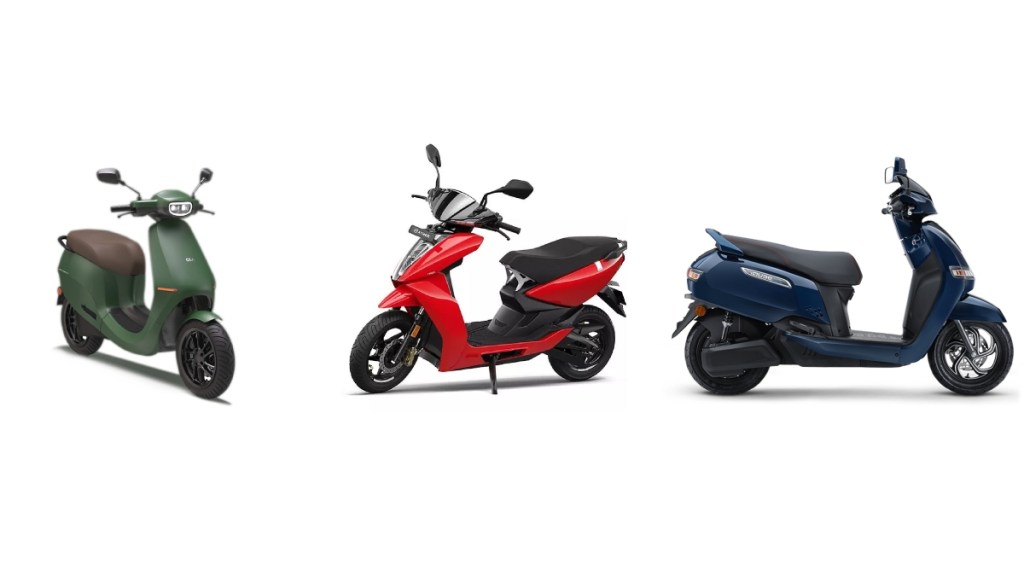Despite subsidy cut leading to higher prices of electric two-wheelers, the sales of the green vehicles is set to slow down to 25 percent this fiscal. In the last fiscal, the sales of electric two-wheelers almost trebled to 7.3 lakh units says a Crisil report.
The good part it says is that electric two-wheeler manufacturers are adapting to the new subsidy regime by optimising their product portfolio by launching more affordable variants with lower battery sizes.
Over the medium-term, penetration of electric two-wheelers will be accelerated by favourable total cost of ownership (TCO), expected reduction in the initial acquisition cost due to economies of scale and increased localisation of components.
Naveen Vaidyanathan, Director, Crisil Ratings said, “Despite the subsidy cut, industry growth continues to be supported by fundamentally favourable economics for electric two-wheelers. The total cost of ownership is estimated to be around 20% lower for electric two-wheelers compared with petrol variants even under the current subsidy regime, as against around 32 percent lower under the earlier subsidy regime. The average running cost of 25-30 paise per km compared with Rs 2-2.25 per km for a petrol vehicle makes a difference over the life of the two-wheeler.”
Pushan Sharma, Director-Research, Crisil Market Intelligence and Analytics said, “Newer models will enhance affordability by lowering the upfront cost by 10-15 percent. These steps by electric two-wheeler manufacturers, along with the expected festive-season spurt, would support growth in second half, albeit on a high base, leading to an overall around 25 percent growth in electric two-wheelers this fiscal.”
This Crisil expects will translate into a modest increase in electric two-wheeler penetration to around 5.3 percent of the overall two-wheeler market for FY2024 against around 4.5 percent in FY2023 and less than 2 percent in FY2022.
Despite the speed bump this fiscal, the growth trajectory and penetration of electric two-wheelers is expected to accelerate over the medium term. This would be driven by increasingly favourable TCO with expected reduction in the initial cost of acquisition due to economies of scale, increased localisation of components including batteries (comprising 40-45 percent of overall cost) supported by government policies such as the Production-Linked Incentive scheme. Internal Combustion
Engine (ICE)-based vehicle makers are also increasingly launching e-two-wheelers and curtailing CAPEX on ICE vehicles.
In the road ahead, regulations, government support with the upcoming sunset of the FAME-II scheme, and technological evolution will bear watching.



















